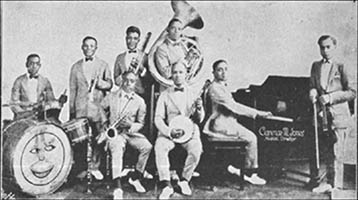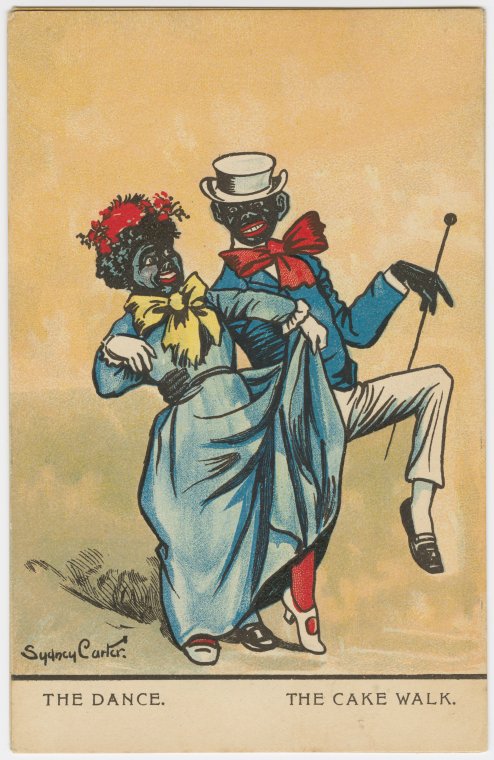Blog
Swing music: how it starts and first steps

THE ORIGINS OF SWING MUSIC: FROM MARCHES TO RAGTIME
How did Swing music originate? Well, we know one sure inspiration for it: ragtime, a musical genre that originated in Louisiana, in the deep South of the United States, and spread rapidly among African-Americans from New Orleans to Saint Louis, from Mississippi to Missouri.
Ragtime is an offshoot of late 19th century African-American music, a direct descendant of the marches and dances inspired by black marching bands. Played mainly on honky-tonk piano, sometimes accompanied by orchestra, it was characterised by a syncopated binary rhythm, which contributed to the formation of jazz, of which it is considered the ancestor.
The word ragtime in English means 'ragged time', 'in tatters'. That 'cheerful' tempo contributed to its spread in Europe as well, even influencing well-known composers, such as Debussy, and his Golliwogs' Cake Walk in Childrens' Corner.
WITH THE DANCE I PAY MY RENT
Late 1800s. We are in Louisiana, more than two million kilometres of territory bought from France, which had the protectorate, by President Jefferson's States: here the European musical breath is still strongly felt. And one ends up imitating our mannerist type of dancing: the polka intertwines with the foxtrot. Black composers would then add a pinch of African tradition, the rhythm of their origins, the religious syncretism of their dances. And then there is Cuba not far behind: and the Caribbean influence is a further variety of patterns.
New Orleans was already an important cultural centre: the French had built theatres, convention halls, meeting places and cultural venues for themselves as in their mother country. The whites loved to have fun and party, but always in European style. Blacks did not want to be outdone. They, too, organised dance parties, but as they were not allowed in white people's clubs, they met in their homes, paying a small fee for refreshments and rent: House Rent Parties were to be called, from the 1920s onwards in Harlem, those home evenings of freedom and contagious merriment.
The music of the former slaves, who continue to work on the cotton plantations, is a faster, more rhythmic form of the blues. That of a musician is an unenlightened profession: he may not know how to read and write, but he interprets the sheet music, improvises on musical rounds, tries to reproduce them from the old kora, a stringed instrument brought from West Africa, which has a hollowed-out gourd as a sounding board, from the banjo, from the marimba to the four-stringed violin, to the piano. All power to improvisation.
DANCES AND THE CAKE WALK
Ragtime is mainly practised by mulatto musicians, an elite compared to blacks. It is based on a typically African element, namely the juxtaposition of two different rhythms, one regular and obsessive (usually played by the left hand in ragtime piano compositions), the other varied and syncopated (played instead with the right hand). It was initially played by so-called jug bands, with household instruments such as the famous washboard and other kitchen instruments; as mentioned, the banjo found its leading role, before piano and guitar came along.
In New Orleans, small orchestras, usually consisting of woodwinds and an elementary rhythm section, had sprung up, performing on the streets and in the seedy clubs of the city's red-light district. The dance that accompanied these rhythms in the music hall was called the cakewalk. It was so called because the best couple was given a cakewalk as a prize.
It is the jazz that was born and developed, the prancing jazz that started in the rural areas of the Deep South and soon, with the Great Migration to the North, depopulated from New York to Chicago, from Kansas City to San Francisco.
About the author



